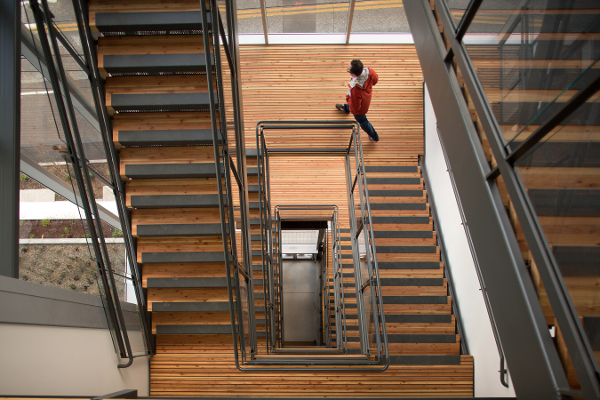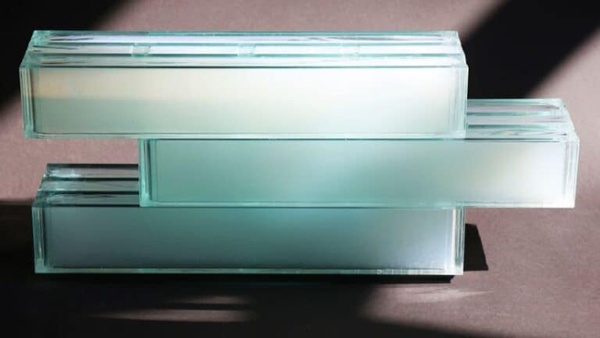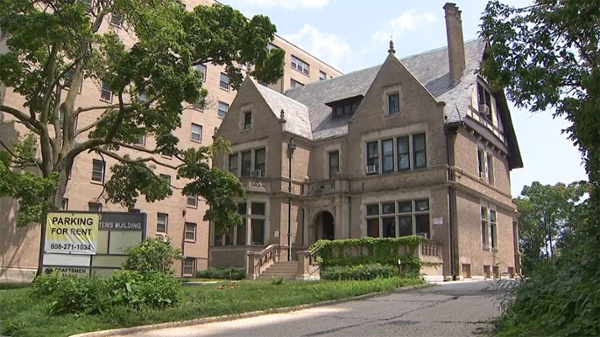LEED building design has emerged as a groundbreaking approach that not only promotes sustainability but also guarantees cost savings and improved efficiencies. With its emphasis on energy efficiency, water conservation, and waste reduction, LEED-certified buildings have proven to be highly effective in reducing the environmental impact of the built environment.
LEED building design has revolutionized the construction industry, and its success is reflected in the numerous awards that have been given to outstanding projects. Two such projects that have risen to the top are the Bullitt Center in Seattle and the Pixel Building in Melbourne.
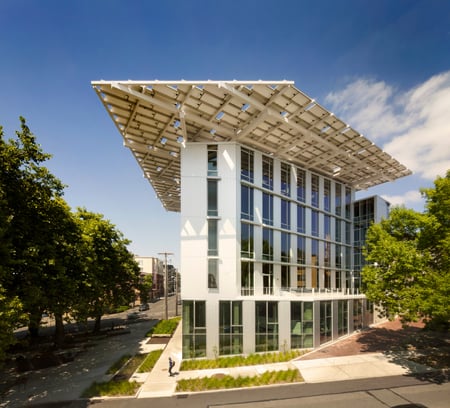
The Bullitt Center, a six-story office building, has been recognized as one of the greenest commercial buildings in the world. It boasts an impressive array of sustainable features, including solar panels, geothermal heating and cooling and rainwater collection systems. It's rainwater systems effectively conserve water and reduce its environmental impact. The rainwater collected helps to conserve precious water resources, but it also significantly reduces the building's reliance on the municipal water supply.
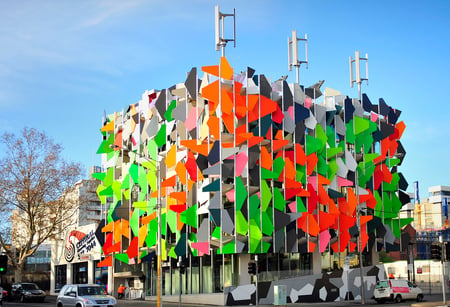
Similarly, the Pixel Building in Melbourne has garnered attention for its innovative design and commitment to sustainability. With its unique façade made up of 5,000 individual panels, the building not only generates its own energy through solar power but also uses rainwater for toilets and irrigation.
These projects have not only set the bar high for sustainable architecture but have also demonstrated the financial benefits that can be achieved through LEED building design.

